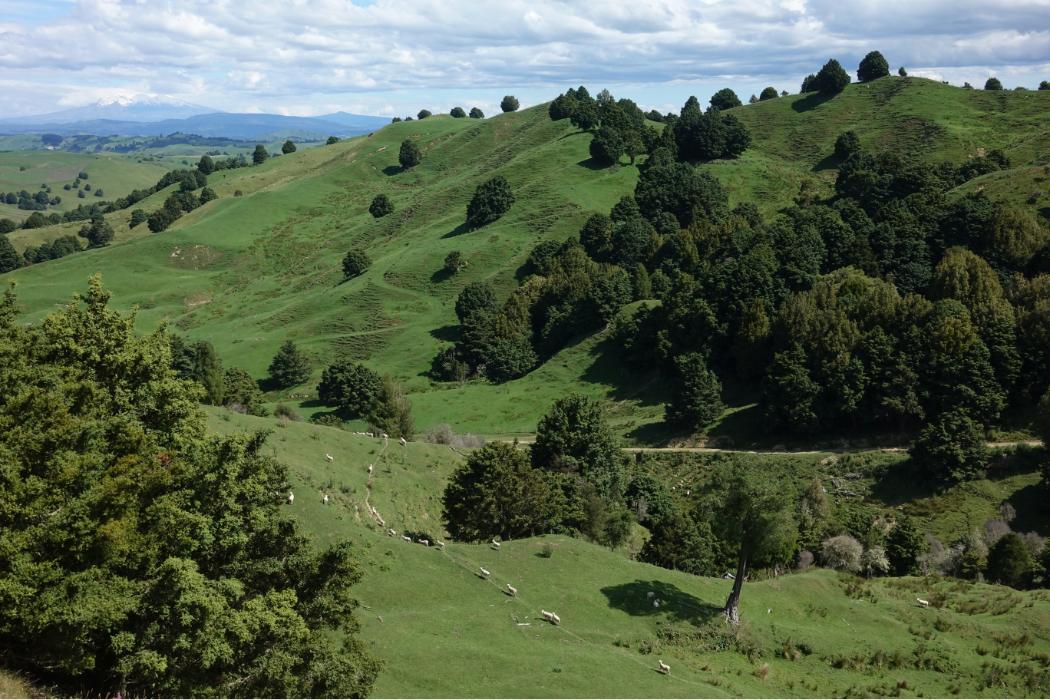A timeline giving farmers an indication of the critical dates by which they need to take certain nationally regulated actions on farm.
SEPTEMBER 3, 2020
- (Land-use) A resource consent is required for land use changes of more than 10ha to dairy farming, of more than 10ha from forestry to pastoral farming and increases in the area in dairy support above the highest annual amount between July 1, 2014-June 30, 2019.
- (Stock exclusion) Dairy cattle, deer and pigs in new pastoral systems, must be excluded from lakes and rivers more than one metre wide with a three metre minimum set-back. Cattle and pigs crossing rivers more often than twice a month must use a dedicated bridge or culvert.
- (Feedlots) Resource consents are required for feedlots that don’t comply with the permitted activity standards related to contaminant losses.
MARCH 2, 2021
- Feedlot consent applications must be submitted to regional councils.
MAY 1, 2021
- (Winter grazing) A resource consent is required for grazing animals on forage crops during winter if winter grazing has not been carried out before or if the size and scale of this practice has increased (as compared to the greatest area between 2014 and 2019).
JULY 1, 2021
- (Fertiliser) Resource consent is required to apply more than 190kg/ha of synthetic nitrogen fertiliser to grazing land.
OCTOBER 1, 2021
- (Winter grazing) A resource consent is required if farmers are planning on grazing animals on a winter crop past October 1, 2021 or November 1, 2021 (in Otago and Southland).
OCTOBER 31, 2021
- (Winter grazing) Farmers who are planning to graze stock on a winter crop in 2022 and can’t meet the permitted activity conditions, must submit their application for a resource consent.
DECEMBER 31, 2021
- (Climate change) Twenty-five percent of farmers need to know their Greenhouse Gas (GHG) emissions number. (B+LNZ will be providing guidance to farmers through our farm plan on how to do this)
- (Stockholding areas) A resource consent is required for stockholding areas that do not comply with permitted activity standards related to contaminant losses.
- Dairy farmers must start collecting records of fertiliser bought and used for the year ended June 30, 2022 and report to councils by July 31, 2022.
JANUARY 1, 2022
- (Climate change) Twenty-five percent of farms need to have a written plan in place to know and manage their GHG numbers. (B+LNZ will be providing guidance to farmers through our farm plan on how to do this.)
DECEMBER 31, 2022
- (Climate change) All farmers to know their GHG number and twenty-five percent of farmers with include GHG in their farm plans. (B+LNZ will be providing guidance to farmers through our farm plan on how to do this).
JULY 2023
- (Stock Exclusion) Dairy cattle (except dairy grazers), deer and pigs must be excluded from lakes and rivers more than 1 metre wide with a 3 metre minimum set-back. Cattle and pigs crossing rivers more often than twice a month must use a dedicated bridge or culvert.
- These requirements also apply to cattle and deer that are break-fed or grazing annual forage crops on irrigated pasture.
- Cattle, deer and pigs must be excluded from natural wetlands identified on a regional plan, district plan or regional policy statement that is operative from September 3, 2020.
JANUARY 1, 2025
- (Climate change) All farmers need to have a written plan in place to know and manage their GHG numbers.
- All farmers participate in a farm-level system that prices GHG emissions and rewards on-farm sequestration. (This system will be developed through He Waka Eke Noa – Primary Sector Climate Action Partnership over the next four years – farmers will be kept updated on progress.)
JULY 2025
- (Stock exclusion) All beef cattle and deer must also be excluded from lakes and rivers (more than one metre wide with a three metre minimum set-back) where the land is low slope as shown on the maps on the Ministry for the Environment website.
- Dairy grazers must also be excluded from lakes and rivers (more than one metre wide with a three metre minimum set-back) regardless of land slope. Cattle and pigs crossing rivers more often than twice a month must use a dedicated bridge or culvert.
- These exclusion requirements apply to all beef cattle and deer where the land is low slope as shown on the maps on the Ministry for the Environment website.
- Cattle, deer and pigs must be excluded from natural wetlands that support a population of threatened species including wetlands identified in a regional plan operative after September 3, 2020 and natural wetlands that are 500 sq m or more on low slope land as shown on the Ministry for the Environment maps.





